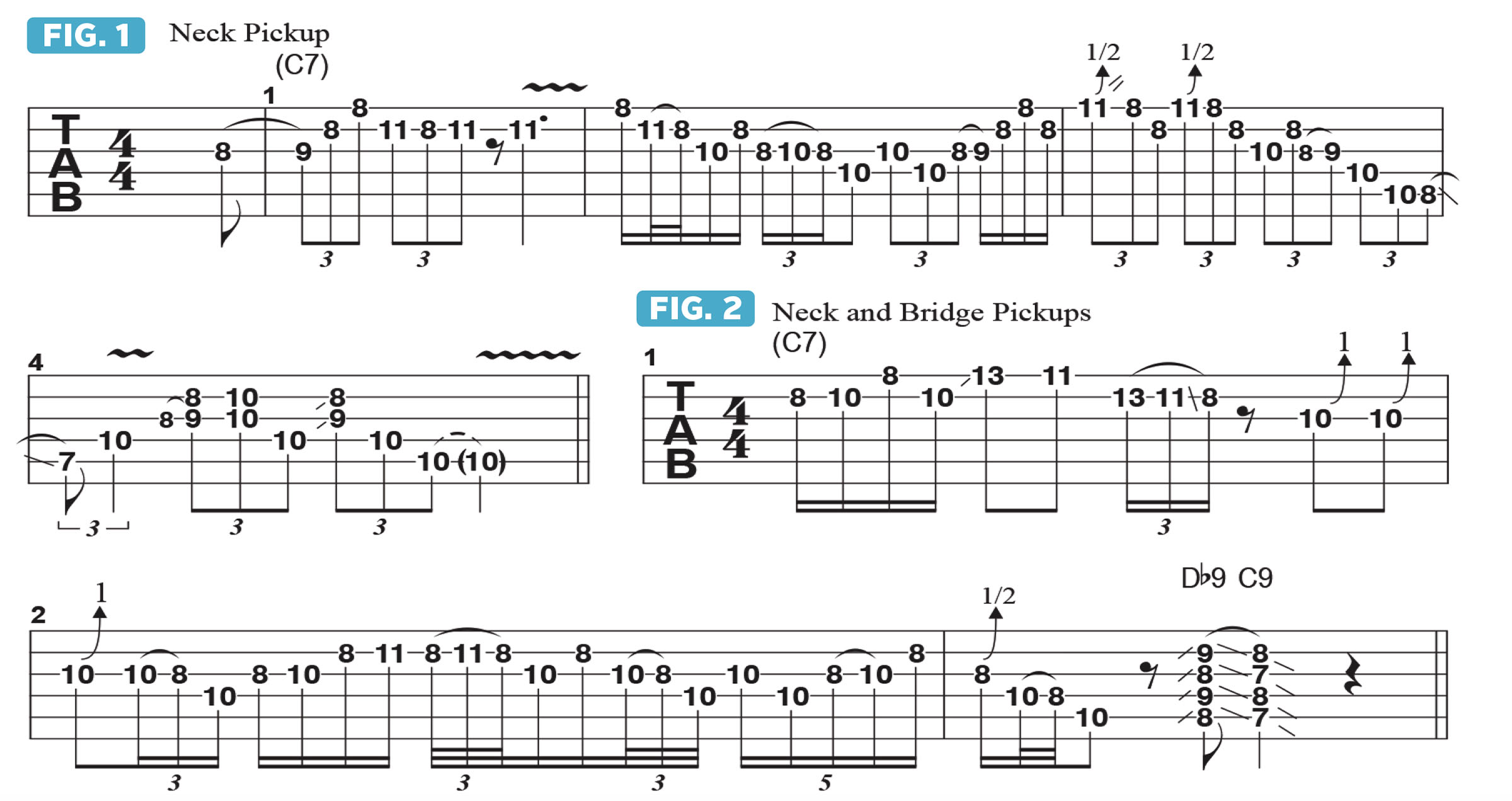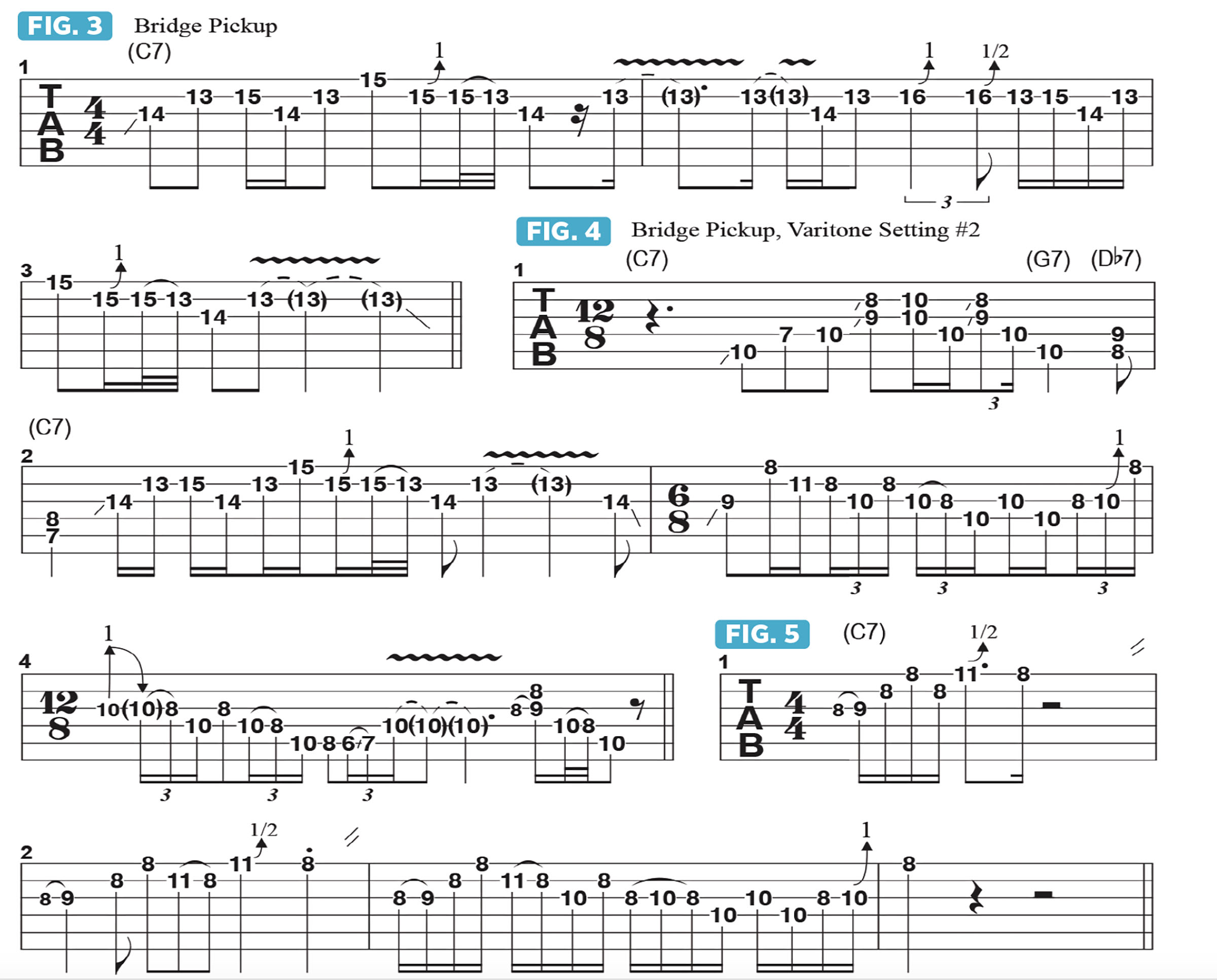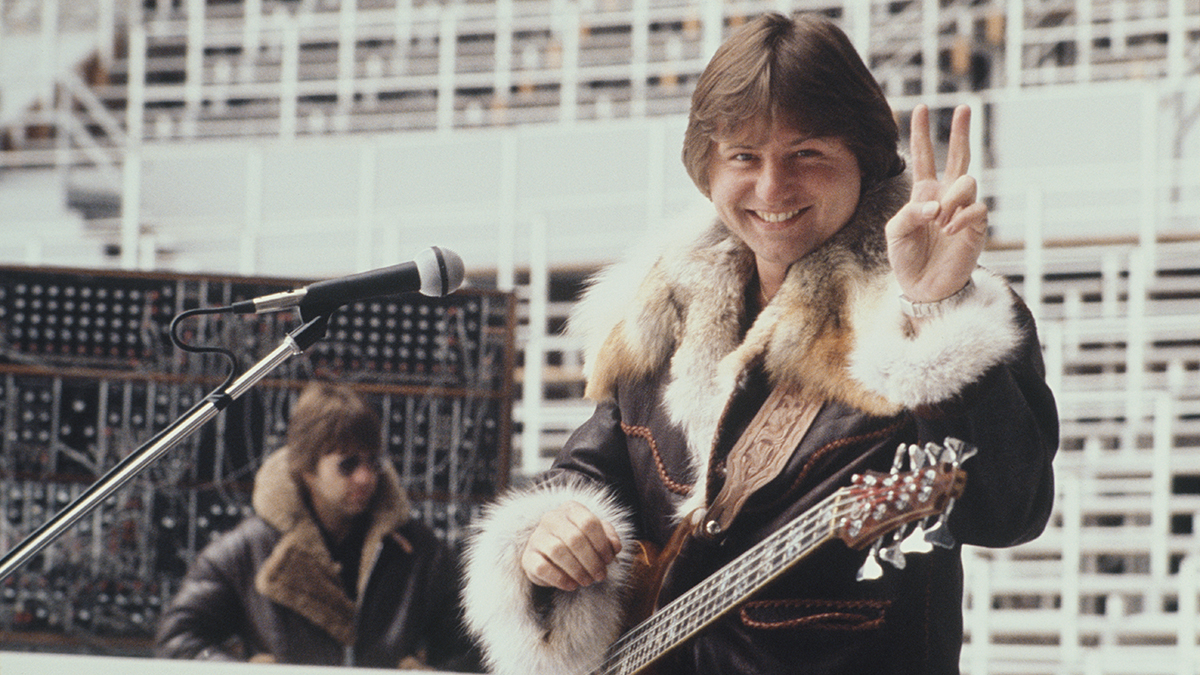“This guitar is a real ‘blues machine’, and I really love it!” Joe Bonamassa explains why every blues player needs to try a Gibson ES-345 as he shares his favorite licks
The Varitone control makes this semi-hollow unlike anything else in the Gibson catalog – Joe Bonamassa shows us the tones and licks that made it such a classic electric
Today, we continue our “guitar safari” with a look at one of my favorite axes, the Gibson ES-345. The 345 and 355 are famous for their stereo pickup configuration and Varitone circuit, which is a six-position control with a rotary knob that allows you to switch between different predetermined frequency scoops, altering the EQ of the highs, mids and lows. I will get more into these variables in a moment.
The guitar in hand today is a 1959 ES-345 in a rare blonde finish. This particular guitar was found in a barn outside of Oakland, California, and made its way to me! I’ll go through the many different sounds one can get from this incredible instrument, using a stereo cable plugged straight into a 1963 Fender Vibroverb. To me, this guitar is a real “blues machine,” and I really love it!
Let’s first run through the sound of each toggle switch setting – neck pickup, both pickups and bridge pickup – with the Varitone in the “#1” position.
Figure 1 is played on the neck pickup, which yields a fat sound that still has plenty of bite and presence. The lick is in the key of C, is played in a B.B. King-like style and is based on the C minor pentatonic scale (C, Eb, F, G, Bb) with the addition of the major 3rd, E.
For Figure 2, I’ve switched to the middle position and play with more of a B.B.-influenced Eric Clapton approach, with faster 16th- and 32nd-note triplets in bars 1 and 2. With both the neck and bridge pickups on, the tone is way brighter.
In Figure 3, I’ve switched to the bridge, or “lead,” pickup, aptly named because this setting will cut through the mix, no matter the Varitone setting, and is ideal for soloing.
A listen to just about any Freddie King song will clearly demonstrate this. The lick here is based primarily on C major pentatonic (C, D, E, G, A) and is most definitely in a hybrid B.B./Freddie style, inhabiting what’s commonly called the “B.B. box” in 13th position.
All the latest guitar news, interviews, lessons, reviews, deals and more, direct to your inbox!
My favorite B.B. King Varitone setting is derived from one he used on his classic 1965 album, Live at the Regal. Every Varitone is a little different, but generally speaking, settings #2 and #3 with the bridge pickup will yield a sound very close to B.B.’s on that record.
Figure 4 is an improvised solo along the lines of what he played on Sweet Little Angel, with licks that draw notes from both C minor pentatonic and C major pentatonic.
One final bit of advice about getting a 345 or 355: don’t remove the Varitone! This six-way switch is a very cool part of what sets these instruments apart from others
The Varitone switch affects the sound of the guitar regardless of the pickups selected, and in Figure 5, I demonstrate the differences between Varitone positions #1, #2 and #3, with the neck pickup engaged, playing licks based primarily on C minor pentatonic.
One final bit of advice about getting a 345 or 355: don’t remove the Varitone! This six-way switch is a very cool part of what sets these instruments apart from others. If you don’t want a Varitone, then just get a 335, which is a great guitar too!
Joe Bonamassa is one of the world’s most popular and successful blues-rock guitarists – not to mention a top producer and de facto ambassador of the blues (and of the guitar in general).



